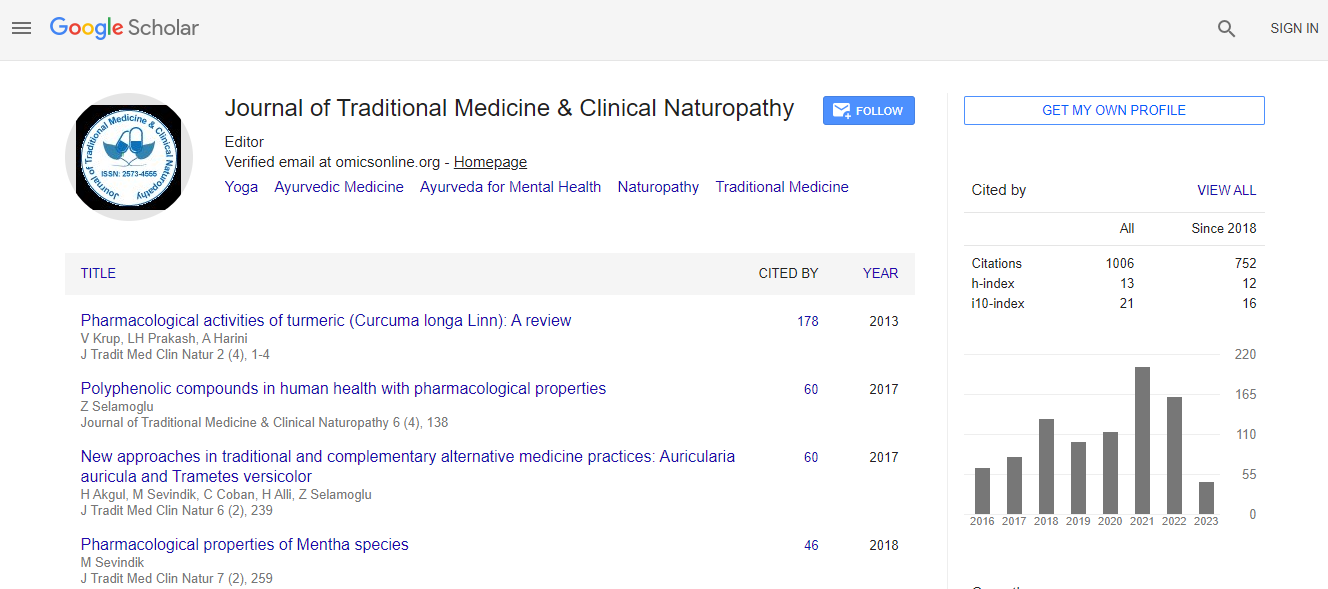Review Article
Suicidal Behaviours in Children, Adolescent & Homoeopathy
| Suhail Shiekh* | |
| Professor, HOD of Department of Repertory, Motiwala Homoeopathic Medical College & Hospital, Nasik, India | |
| Corresponding Author : | Suhail Shiekh Professor, HOD of Department of Repertory Motiwala Homoeopathic Medical College & Hospital Nasik, India Tel: 9890178002 E-mail: drsuhailsheikh@gmail.com |
| Received April 08, 2014; Accepted May 27, 2014; Published May 29, 2014 | |
| Citation: Suhail S (2014) Suicidal Behaviours in Children, Adolescent & Homoeopathy. J Homeop Ayurv Med 3:154 doi: 10.4172/2167-1206.1000154 | |
| Copyright: © 2014 Suhail S. This is an open-access article distributed under the terms of the Creative Commons Attribution License, which permits unrestricted use,distribution, and reproduction in any medium, provided the original author and source are credited. | |
Abstract
Suicide is a crime, but still it is the third leading cause of death in the world. Suicidal behavior is increasingly becoming a phenomenon associated with children & adolescent all over the world. According to a study by Lancet, as many as 1, 87,000 people committed suicide in India in 2010 (Volume 379, 23 June 2012). The World Health Organization (WHO) estimates that India records nearly 1, 70,000 suicidal deaths each year. Of the total cases of suicide, nearly 35 per cent were recorded in age group of 15-29 years. Meanwhile, the Lancet study indicates that suicidal deaths in the same age group at 46 percent of the total. A comparison of the number of suicides in states with high literacy rates with those with low literacy rates reveals that the states with high literacy (top ten states) contribute 33 per cent to suicidal deaths.

 Spanish
Spanish  Chinese
Chinese  Russian
Russian  German
German  French
French  Japanese
Japanese  Portuguese
Portuguese  Hindi
Hindi 
